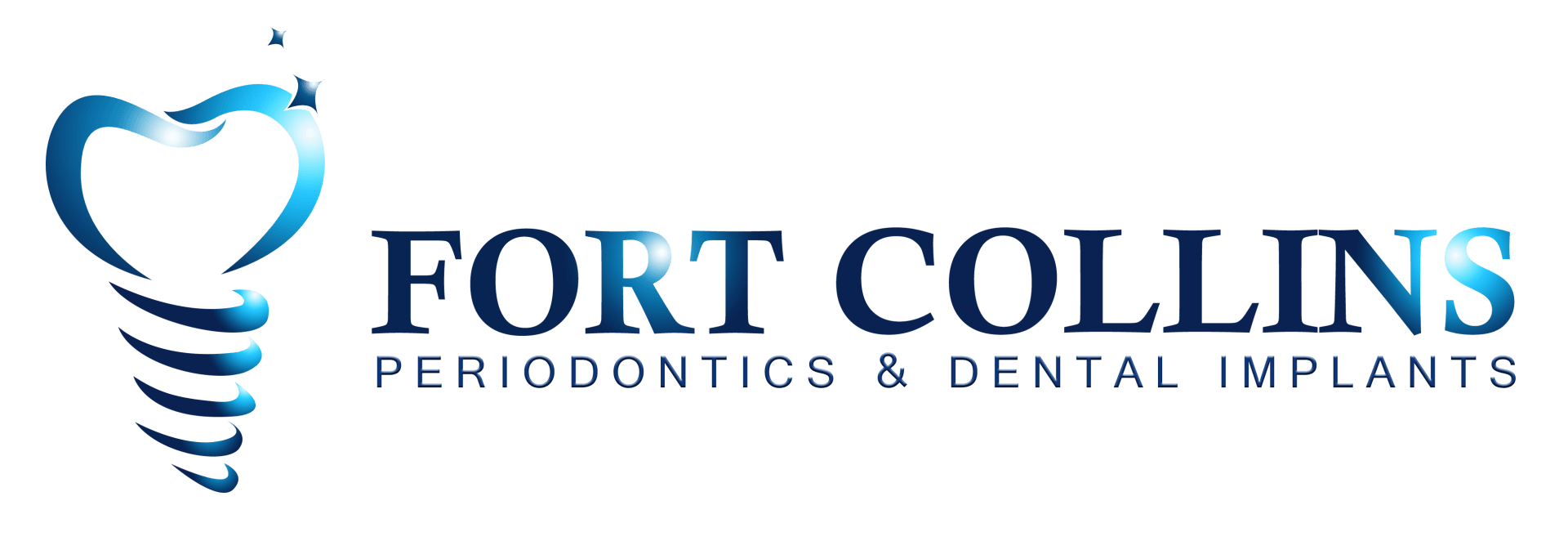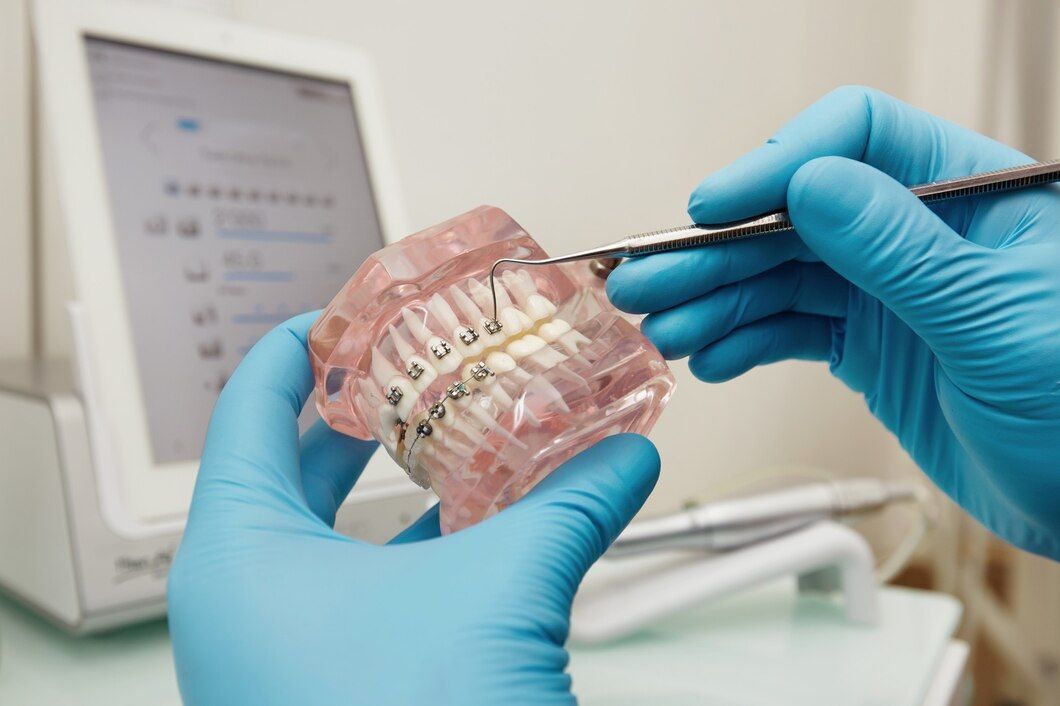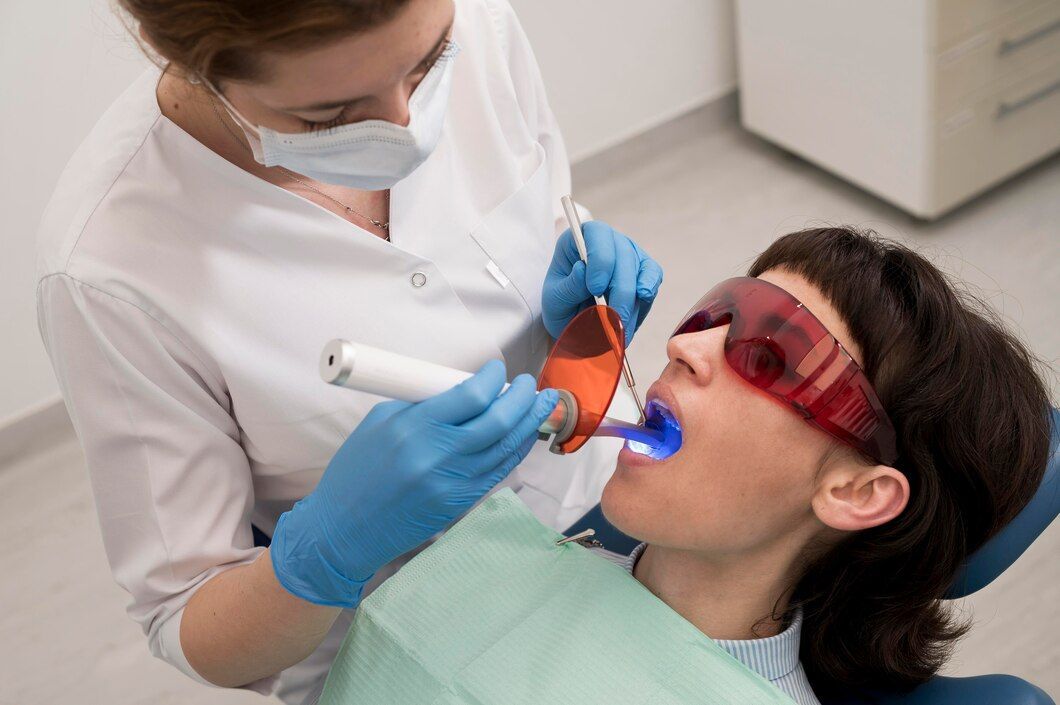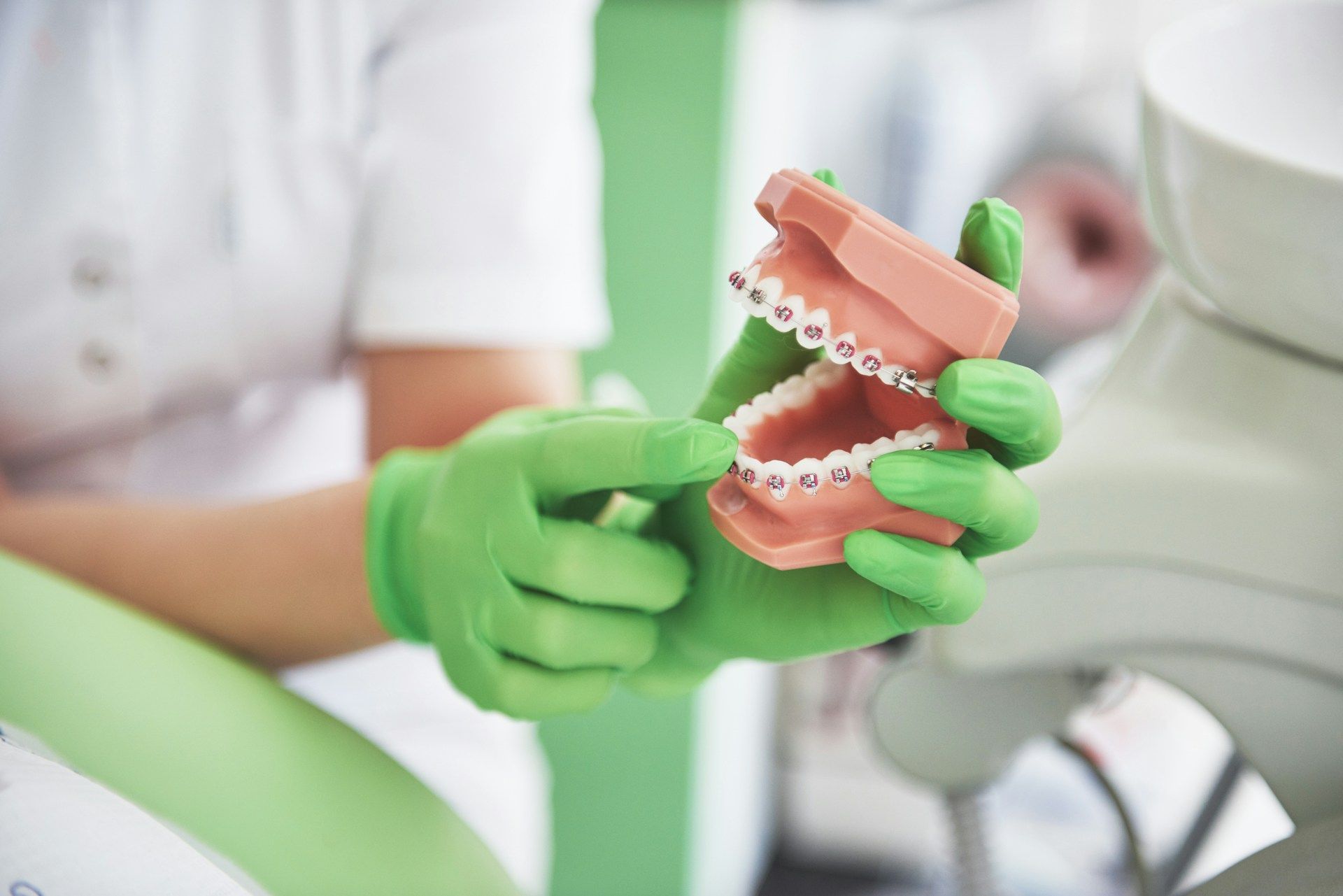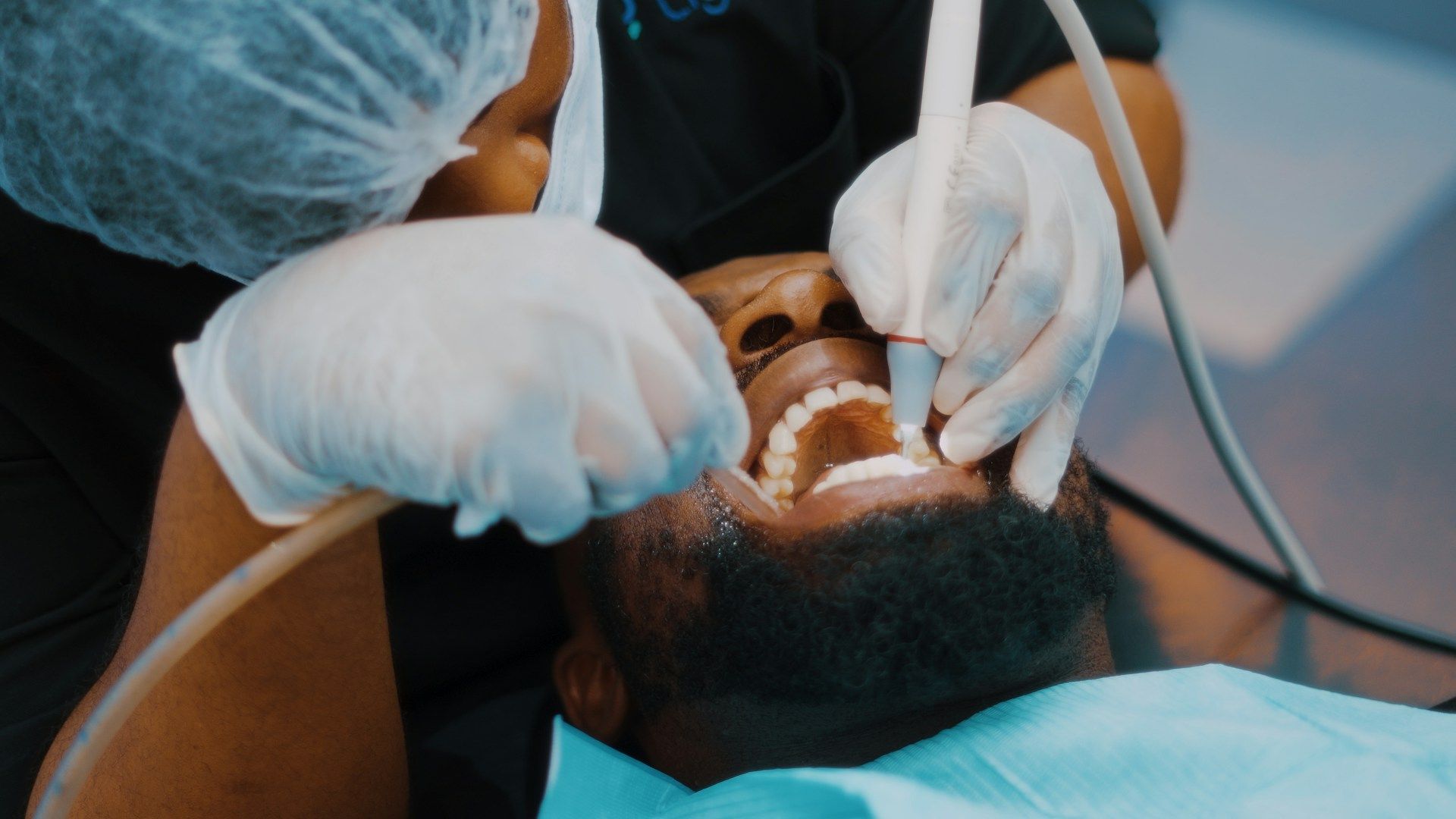The Importance of Periodontal Maintenance: Steps to Preserve Long-term Oral Health

Periodontal health – or the wellbeing of your gums – is a critical component of your overall oral health. Maintaining robust periodontal health is not only essential for preventing gum diseases such as gingivitis and periodontitis but also for preserving your teeth and supporting structures in the long run. At Fort Collins Periodontics and Dental Implants, our commitment goes beyond providing specialized periodontal care – we also place a strong emphasis on patient education to ensure you understand the vital steps and preventive measures necessary for upholding your oral health throughout your life.
Periodontal maintenance involves ongoing care following active periodontal therapy to monitor and manage your gum health, and essentially lower the risk of gum disease recurrence. This maintenance includes a series of cleaning procedures, plaque and tartar removal, frequent dental checkups, and patient education on effective at-home oral care routines. With an emphasis on prevention and continuity of care, periodontal maintenance plays a pivotal role in ensuring the longevity and wellbeing of your teeth, gums, and overall oral health.
In this comprehensive blog post, we will delve into the details of periodontal maintenance, its significance in preventing gum disease and tooth loss, and the steps you can take to preserve your oral health in the long term. Recognizing the essential role that periodontal maintenance plays in your overall wellbeing is the first step towards a lifetime of healthy smiles. So, join us as we uncover the secrets of maintaining impeccable periodontal health, and embark on a journey towards a more vital, radiant smile with the guidance of the experienced team at Fort Collins Periodontics and Dental Implants.
1. The Basics of Periodontal Disease and Its Impact on Oral Health
Periodontal disease is an inflammatory condition affecting the gum tissue and the supporting structures of the teeth, including the bone and ligaments. It typically begins as gingivitis, a mild form of gum inflammation caused by the buildup of plaque and tartar at the gumline. If left untreated, gingivitis can progress to periodontitis, a more severe form of periodontal disease that can lead to gum recession, bone loss, and even tooth loss.
The impact of periodontal disease on your overall oral health cannot be overstated. In addition to the pain, discomfort, and unsightly appearance associated with gum inflammation, untreated periodontal disease can result in severe complications, including abscesses, tooth mobility, and ultimately necessitating tooth extractions.
2. Factors Contributing to Periodontal Disease
Periodontal disease can be caused by various factors, including poor oral hygiene, genetics, smoking, diabetes, and other systemic diseases. Identifying and addressing these risk factors is a crucial aspect of maintaining periodontal health. Some significant contributors to periodontal disease include:
- Inadequate oral hygiene: Failure to brush and floss regularly and efficiently can lead to plaque buildup and the increased risk of gum disease.
- Smoking: Smoking affects gum tissue by reducing blood flow and weakening the immune system, making it more susceptible to infection.
- Genetics: A family history of periodontal disease can predispose individuals to a higher risk of developing gum disorders.
- Systemic disorders: Certain conditions, such as diabetes and autoimmune diseases, can affect the body's ability to fight inflammation, increasing the risk of gum disease.
3. Steps for Effective Periodontal Maintenance
Periodontal maintenance involves a comprehensive approach to preserving and improving your gum health. The following steps are crucial elements of an effective periodontal maintenance program:
A. Regular Dental Check-ups and Cleanings
Routine dental appointments are vital for monitoring the health of your gums and identifying any early signs of periodontal disease. During these visits, your dentist or periodontist will perform a thorough examination of your teeth, gums, and supporting structures, ensuring that any areas of concern are addressed promptly.
A dental cleaning, or prophylaxis, is performed as part of regular dental check-ups to remove plaque, tartar, and oral debris that might accumulate in areas that are difficult to reach with daily at-home care. These cleanings are essential for preventing the build-up of harmful bacteria that can exacerbate gum inflammation.
B. Scaling and Root Planing
Scaling and root planing is a non-surgical periodontal therapy that involves the removal of plaque and tartar deposits below the gumline. This deep cleaning process targets the root surfaces of the teeth, ensuring that any harmful deposits are removed and allowing the gum tissue to reattach securely.
C. At-Home Oral Hygiene Habits
Developing and maintaining good at-home oral hygiene habits are essential components of periodontal maintenance. Make sure to brush your teeth twice daily with fluoride toothpaste and clean between your teeth using dental floss or an interdental cleaner. Using an antimicrobial mouth rinse may also prove beneficial in combating periodontal disease-causing bacteria.
D. Monitoring Risk Factors and Lifestyle Modifications
Recognizing and addressing the risk factors associated with periodontal disease can significantly improve your oral health outcomes. Consider lifestyle modifications such as quitting smoking, maintaining a well-balanced diet, and controlling systemic conditions like diabetes to reduce the risk of periodontal disease.
4. The Role of the Periodontist in Periodontal Maintenance
A periodontist is a dental specialist with extensive training and expertise in diagnosing, treating, and managing periodontal disease. They play a crucial role in periodontal maintenance, providing specialized care that goes beyond regular dental cleanings. Your periodontist will work closely with you to develop a customized maintenance plan tailored to your individual needs and risk factors.
Conclusion:
Periodontal maintenance is the cornerstone of maintaining long-term oral health and preventing the recurrence of gum disease. By following the steps outlined above and working closely with your periodontist, you can protect your teeth, gums, and supporting structures from the harmful consequences of periodontal infections.
At Fort Collins Periodontics and Dental Implants, our team is dedicated to providing you with the guidance, education, and personalized care necessary for preserving your oral health for a lifetime. Schedule an appointment with our
Fort Collins periodontist today to take the first step towards a healthier, more resilient smile.

Working Hours
Tue - Thu: 8:00 am - 5:00 pm
Friday: 8:00 am - 2:00 pm
Sat - Sun: Closed
Monday: Closed
